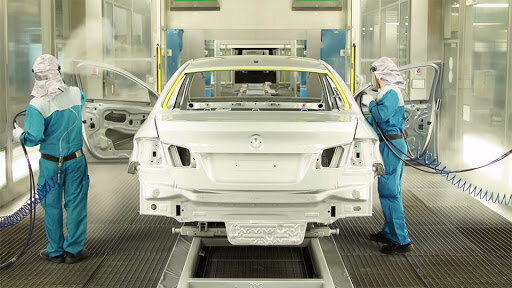Iranian industries utilizing homegrown nanopaints

TEHRAN – An Iranian knowledge-based manufacturing and industrial company has made nanopaints which are being used in different sectors, including the aviation, automotive, home appliances, and steel industries.
“Our researchers have achieved nanopaint formulations based on the aviation industry standards, and currently the paint meets the need for 25 percent of domestic aircraft,” the company’s CEO, Nobakht Gharedaghi, said, IRNA reported.
In recent years, the trend of using homegrown nanopaints in the aircraft industry has increased, so that our market share has increased from 10 to 25 percent, which means that currently 25 percent of aircraft is painted by our products, he also said.
Accordingly, we are trying to complete the product portfolio and we must complete this range of products to have a chance to succeed in the export sector, he noted, adding, in this regard, in addition to supplying paint to the aviation industry, we also operate in sectors such as automotive, home appliances and steel industry.
Nanopaint is a coating that can modify the properties of a surface or substance according to user-defined parameters. Like ordinary paint, nanopaint is applied as a liquid and then hardens. The liquid contains a suspension of microscopic particles called nanotubes that alter their behavior as external conditions change or when a specific command is given.
The addition of nano silicon dioxide to paints can improve the macro- and micro-hardness, abrasion, scratch, and weather resistance. Adding nano silicon dioxide to polymeric resins creates paints with excellent abrasion properties. However, it decreases the elasticity of the paints, which is needed to resist the swelling and shrinking associated with temperature and humidity changes
Surfaces coated with nano silver-containing paint provide excellent antimicrobial properties against bacteria and human pathogens. However, in contrast to indoor paint, the bactericidal efficiency of nanosilver in paints for outdoor applications seems to be insufficient due to the exposure to external conditions. Studies have shown that nanosilver as well as nano titanium dioxide, are not able to fully prevent microbial and algal growth on test substrates in addition to being a poor deterrent from possible fungal colonization.
FB/MG
Leave a Comment